I'm given a 2d binary array. Some of the dots are on, some are off (1 for on, 0 for off).
I know that the "on" dots were created before by putting circles on the 2d array. The circles are of the same radius, and each time a circle was put, the dots inside it changed to 1 instead of 0. All the circles are within the edges of the array and dot touching the edge of the circle is lit.
An illustration can be seen below. The circles are ordered randomly and may touch.
Notice that the dots inside the circles are 1 and all other are 0.
Can you find how many circles were there just by looking at the 2d array without the circles after I had put them? Is this problem solvable?
My attempt at solving this problem was:
First, I assumed that my circles can contain dots as in the figure (radius big enough to contain 4 to 7 dots. Then I tried to categorize what possible orientation can the circles have, however there are just a lot.
I would like to find these two circles. Notice that they can cannot overlap but can be just one near the other.
